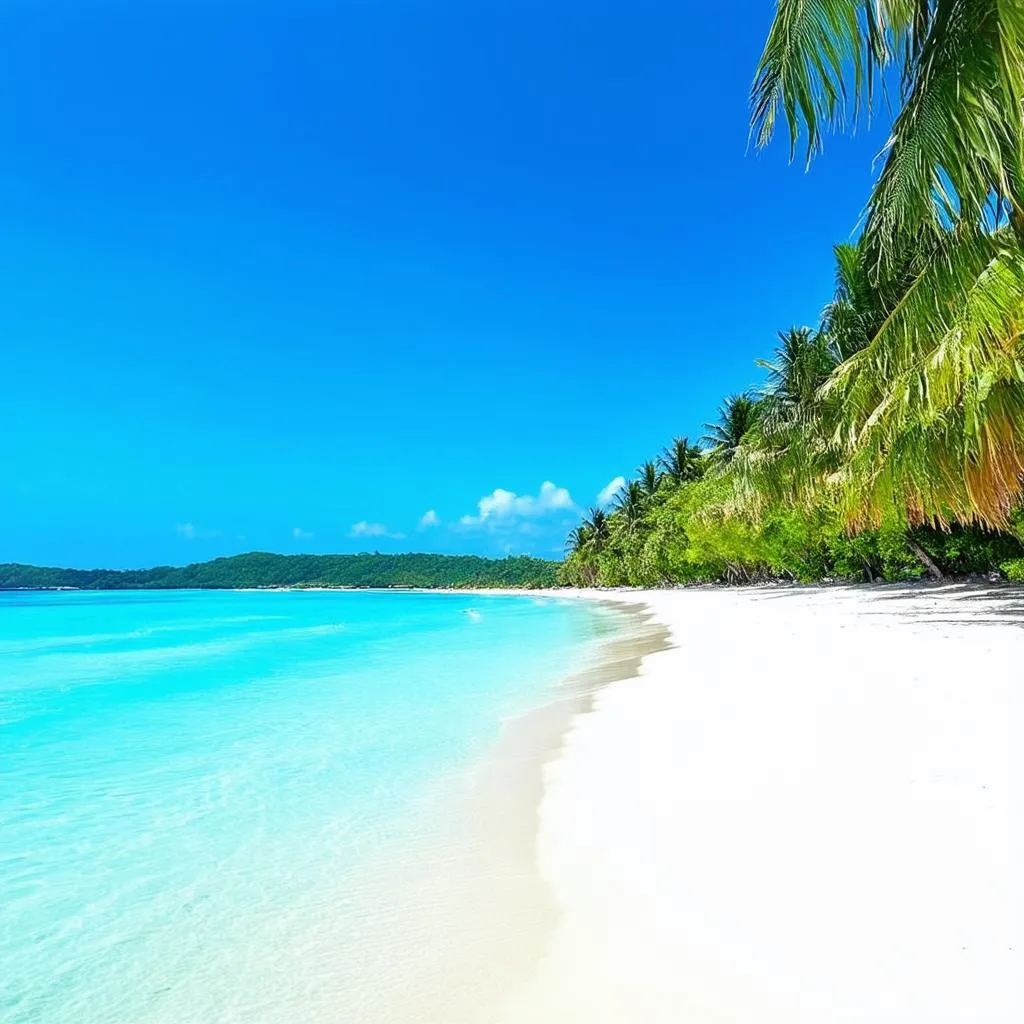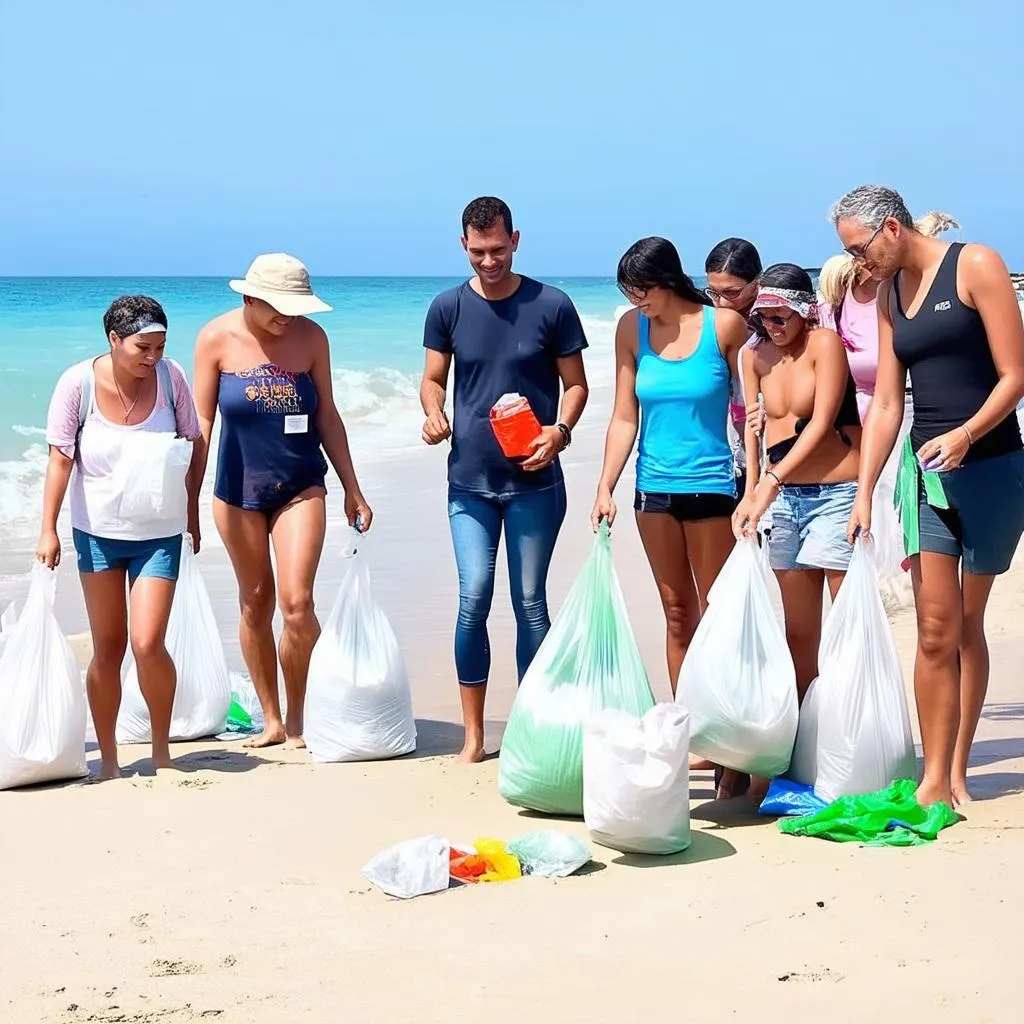Have you ever visited a bustling tourist destination, only to return years later and find it eerily quiet? Or perhaps you stumbled upon a hidden gem, a place untouched by the masses, only to see it overrun by tourists a few years later? This, my friends, is the natural ebb and flow of the tourism product life cycle. Just like any living thing, tourist destinations experience periods of birth, growth, maturity, and eventual decline. Understanding this cycle is not only fascinating but also crucial for travelers and industry professionals alike.
What is the Tourism Product Life Cycle?
Simply put, the tourism product life cycle is a model that describes the stages a destination goes through from its initial discovery to its eventual decline or rejuvenation. It’s a powerful tool to understand how tourist destinations evolve and what factors contribute to their success or failure.
The Stages of the Tourism Product Life Cycle
Exploration Stage: This is the “hidden gem” phase. A destination is relatively unknown, with few tourists and limited infrastructure. Think untouched beaches in Thailand before the resorts popped up, or a quaint village in the Italian countryside yet to be discovered by foodie tours.
- Characteristics: Low tourist numbers, minimal impact, adventurous travelers, local businesses cater primarily to residents.
- Example: A secluded beach in Bali, Indonesia, known only to locals and a few intrepid surfers.
Involvement Stage: Word starts to spread about the destination. Tourists trickle in, drawn by the allure of the undiscovered. Basic tourism infrastructure begins to develop.
- Characteristics: Increasing tourist arrivals, development of basic tourism facilities, word-of-mouth marketing.
- Example: The same Balinese beach starts to attract small guesthouses and surf schools.
Development Stage: The secret is out! Tourist numbers increase significantly. Investments pour in, leading to the development of hotels, restaurants, and attractions. The destination is actively marketed to a wider audience.
- Characteristics: Rapid growth in tourist arrivals, significant infrastructure development, marketing campaigns, competition among tourism businesses.
- Example: The Balinese beach is now a popular tourist spot, with luxury resorts, international restaurants, and various water sports activities.
Consolidation Stage: The destination is well-established and popular. However, growth slows down, and competition intensifies. The focus shifts to maintaining market share and attracting repeat visitors.
- Characteristics: Established tourist destination, stable or slowing growth, focus on repeat visitors, competition from similar destinations.
- Example: The Balinese beach is now a mature tourist destination, facing competition from newer, less crowded destinations in Southeast Asia.
Stagnation Stage: The destination reaches a plateau. Tourist numbers stagnate or even decline. The product becomes outdated, and the destination loses its appeal.
- Characteristics: Declining tourist numbers, aging infrastructure, lack of innovation, negative environmental or social impacts.
- Example: The Balinese beach suffers from overcrowding, pollution, and a decline in the natural environment, leading to a decline in tourist satisfaction.
Decline or Rejuvenation Stage: This is the critical juncture. A destination can either accept decline or choose to reinvent itself. Successful rejuvenation involves innovation, diversification, and a focus on sustainability.
- Characteristics: Declining or fluctuating tourist numbers, efforts to revitalize the destination, diversification of tourism products, focus on sustainability and local community involvement.
- Example: The Balinese beach implements sustainable tourism practices, invests in cultural heritage preservation, and promotes eco-tourism activities to attract a new generation of conscious travelers.
 Picturesque Balinese Beach
Picturesque Balinese Beach
Why is Understanding the Tourism Product Life Cycle Important?
Whether you’re planning your next adventure or managing a tourism-related business, understanding this cycle is crucial. Here’s why:
- Travelers: Knowing the life cycle stage of a destination can help you manage your expectations. Are you looking for an off-the-beaten-path experience? Head to a destination in its exploration or involvement stage. Do you prefer comfort and convenience? A destination in its development or consolidation stage might be a better fit.
- Tourism Businesses: Businesses can use this model to develop appropriate marketing strategies, make informed investment decisions, and adapt to changing market trends.
Practical Applications of the Tourism Product Life Cycle
Let’s take a closer look at how the life cycle can be applied in real-world scenarios:
- Destination Marketing: A destination in its exploration stage might focus on attracting adventure travelers through targeted online campaigns and partnerships with travel bloggers. In contrast, a destination in its stagnation stage might invest in large-scale advertising campaigns and promotional offers to attract new markets and regain lost market share.
- Product Development: Destinations in their development or consolidation stages might introduce new attractions, activities, or accommodation options to cater to a wider range of tourists and maintain their competitive edge.
Feng Shui and the Tourism Product Life Cycle: Finding Balance in Travel
Just as Feng Shui seeks harmony and balance in our homes, a similar principle can be applied to travel and tourism. By understanding the energy and flow of a destination, we can create more mindful and sustainable travel experiences.
- Respecting the Destination’s Energy: Destinations in their exploration or involvement stages often possess a raw, untouched energy. As travelers, it’s crucial to respect this delicate balance and minimize our impact.
- Supporting Sustainable Tourism: By choosing eco-friendly accommodations, respecting local customs, and supporting local businesses, we can contribute to the longevity and well-being of a destination.
Conclusion: Traveling with Awareness
The tourism product life cycle is a powerful tool for understanding the evolution of destinations and making informed travel decisions. By being mindful of this cycle, we can travel more responsibly, support sustainable tourism practices, and ensure that future generations can enjoy the beauty and diversity of our planet.
 Tourists practicing sustainable travel
Tourists practicing sustainable travel
What are your thoughts on the tourism product life cycle? Have you witnessed the transformation of a destination firsthand? Share your experiences and insights in the comments below! And don’t forget to check out travelcar.edu.vn for more travel tips and destination guides.